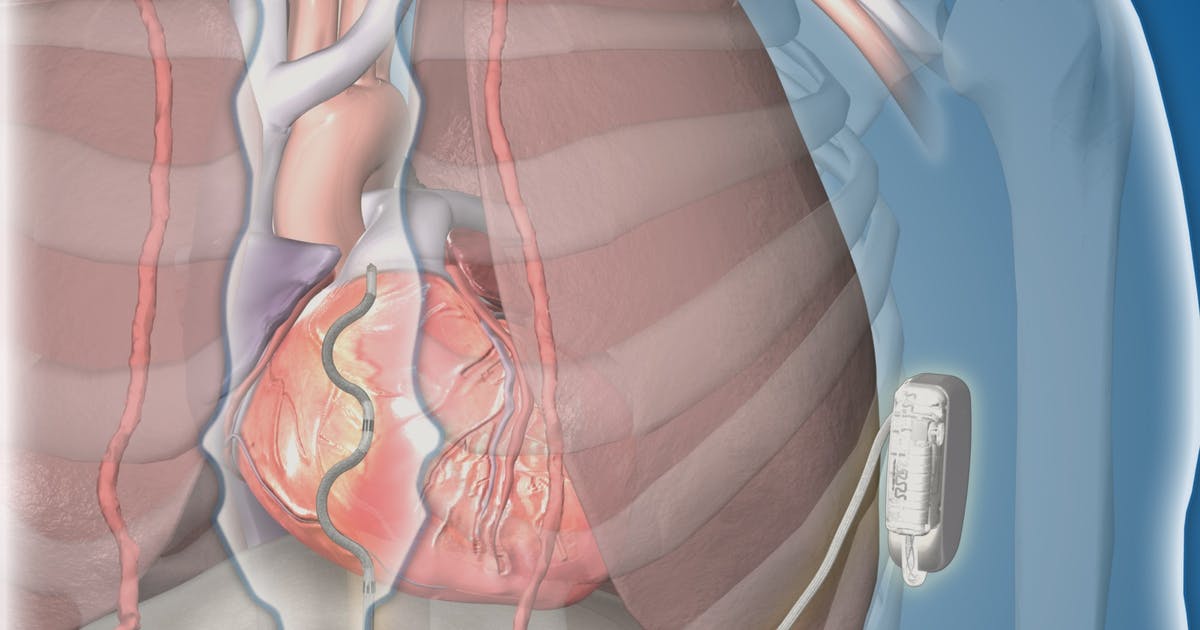Guide To Diagnosing And Treating Brugada Syndrome
Implantable Cardioverter-Defibrillator

An implantable cardioverter-defibrillator (ICD) is a small device the size of a pager that is placed in a person’s chest. This device prevents cardiac arrest, and continuously detects, monitors, and stops abnormal heartbeats. If the heart beats unusually, an electric pulse is delivered to it to restore a normal heartbeat. Implantable cardioverter-defibrillators don’t work the same way as pacemakers and are used for different medical purposes. An ICD gets placed under an individual’s skin beneath the left collarbone and contains wires that lead directly to the heart, so it can immediately correct cardiac arrest and abnormal heartbeats. It will be placed during a hospital visit of about two days. While there may be a slight pain when the electrical pulse occurs, the pain should stop after the shock ends. A Brugada syndrome patient may be given both the ICD and medication to keep their heart beating correctly. A doctor monitors heartbeats and can adjust the ICD if needed.
Understand the next method of treating Brugada syndrome now.
Regular Medical Checkups

A patient with Brugada syndrome needs to see their treating physician routinely for regular medical checkups. A qualified healthcare professional needs to listen to the patient's heart, perform tests, and monitor medications to make sure the technology and medicine (if any) are working correctly. An individual being treated for this syndrome needs to keep accurate track of the symptoms they experience and report them to their doctor immediately. Some of the things a Brugada syndrome patient can do to improve their checkup results and keep themselves healthier are to follow any pre-appointment instructions, fast for eight to twelve hours before appointments, and write down symptoms. Also, it’s a good idea for the Brugada syndrome patient to take someone with them to their appointment to help them remember what is said.
Continue to uncover more on how to treat Brugada syndrome now.
